If your OBD-II scan shows that the ECM/PCM has set a P0010 diagnostic trouble code, the ECM/PCM has detected a circuit issue (electrical) with the solenoid actuator that directs oil pressure to the engine’s Variable Valve Timing (VVT) system. Read on for more information about this code, including common causes and symptoms.
What Does the P0010 Code Mean?
Code P0010 stands for “A” Camshaft Position Actuator Circuit (Bank 1). The code indicates that your car’s primary computer, which is also referred to as the powertrain control module (PCM), perceives a problem with one of the engine’s VVT solenoids.

So how does the camshaft actuator work? The ECM/PCM sends a “pulse width” signal to the solenoid. That means it turns the solenoid on and off really fast. The longer the solenoid is on during each pulse, the more oil pressure is delivered to the actuator.
The Cam Sensor (CMP) on the bank being controlled closes the feedback loop so the ECM/PCM can determine how much camshaft advance is needed (depending on engine load, speed, etc.) and how well the camshaft is actually being controlled by the action of the solenoid.

The ECM/PCM sets a target (desired) angle for the camshaft and then duty cycles the solenoid, delivering oil pressure to the camshaft actuator within the camshaft drive gear to change the relationship of the gear to the camshaft. If that angle change doesn’t happen, the ECM/PCM increases the solenoid’s duty cycle (turns it on for a larger percentage of the time), attempting to meet that cam angle target. If the duty cycle consistently goes too high (struggling to meet the target), the ECM/PCM sets the P0010 code.
What Does “Bank 1” and “A Camshaft” Mean?
And what about the bank 1 and “A” camshaft portion of the code? Well, the engine is divided into two banks. The side that has cylinder no. 1 is called Bank 1 while the opposite is referred to as Bank 2. “A” cam is the intake camshaft in a Dual Overhead Cam (DOHC) engine or the intake camshaft for the number one cylinder in a V engine.

An In-Depth Look at VVT Systems
To better understand what this code means, you’ll need some background information on VVT. While, in the past, valve timing was fixed, most modern vehicles feature VVT technology that can alter the camshaft angle.
By altering the angle, the system can advance or retard the opening of the valves. You can read more about the history of VVT systems here.
Some VVT systems modify the specifications of just the intake or exhaust camshaft, while others modify both. Having this ability allows the technology to improve engine efficiency, reduce emissions, increase engine power, or a combination of these. This is one way engine designers have maintained engine horsepower output while building smaller, lighter engines.
The individual VVT solenoids/valves feed oil pressure to an actuator (part of the cam drive gear). As stated earlier, the actuator alters camshaft angles on the fly to modify valve timing for optimum performance and efficiency.
It’s worth noting that the VVT system and its components can go by a variety of names. For example, Ford calls its VVT system “Twin Independent Variable Camshaft Timing (Ti-VCT)” and its VVT actuators “phasers”. Meanwhile, Hyundai refers to its VVT solenoids as “oil control valves (OCVs)”.
P0010 on Some Chevrolet Vehicles
Code P0010 may appear on some Honda vehicles. On a 2008 Chevrolet Malibu LS 2.4L, for example, the code appears because of the following conditions:
- CMP actuator control circuit is open, shorted to ground or to voltage
- CMP actuator low reference circuit is open
- Failed CMP actuator (check the connector and pins for damage)
What are the Possible Causes of the P0010 Code?
Code P0010 is a generic code that can be experienced by a variety of vehicles with onboard diagnostics. Here are some of the most common causes of the code:
- An internal failure of the VVT solenoid (aka stuck oil control valve)
- Circuit problems, such as damaged wiring or poor connections
- PCM issues (rare)
- Contaminated engine oil obstructing the VVT solenoid screen; NOTE: This is a common occurrence! Regular OEM specified oil change intervals using exactly the right kind of oil and always allowing the engine to reach operating temperature on every start will reduce the probability of the sludge that causes this.
NOTE: (Contaminated engine oil obstructing the VVT solenoid screen) is a common occurrence! Regular OEM specified oil change intervals using exactly the right kind of oil and always allowing the engine to reach operating temperature on every start will reduce the probability of the sludge that causes this.
–Richard McCuistian, ASE Certified Master Automobile Technician
What are the Common Symptoms of the P0010 Code?
If your vehicle is triggering a P0010 code, here are some of the most common symptoms you may experience:
- Illuminated check engine light
- Engine performance problems such as rough running and lack of acceleration
- Rattling noise from the engine
How to Diagnose the P0010 Code
Diagnosing a P0010 code can be difficult and should be left to a professional. However, if you would prefer to do it yourself, there are plenty of online resources to help you do an accurate and thorough job.
For a better understanding of how to properly diagnose the underlying cause of this code, we recommend checking out the videos below:
How to Fix the P0010 Code
When it comes to fixing an OBD-II trouble code, there are no “magic bullet” fixes. There are a few possible solutions, depending on what’s causing the code.
Also, it’s important to remember that all vehicles are not built the same, and the repair information you may find online may not apply to your vehicle. Therefore, when troubleshooting and repairing error codes, make sure to consult the factory repair information for your application.
Repair manuals, such as those from Chilton, are useful, but an ALLDATA subscription is even better. ALLDATA has single-vehicle subscriptions for DIYers that provide detailed factory repair information.
Get a Replacement Oil Control Valve That Fits Your Car
If you’re thinking about ignoring your stuck oil control valve, think again. A faulty oil control valve can reduce engine power and cause excessive fuel consumption, not to mention rough idling. You’re likely to deal with engine knock too, which can lead to pricier repairs down the line. Save yourself the trouble and money by getting a new oil control valve from CarParts.com.
At CarParts.com, ordering a replacement oil control valve only takes a few clicks. Browse through our wide selection of products by using our search filters and vehicle selector. Just be sure to input your vehicle’s correct year, make, and model. No need to worry about long delivery times too. Thanks to our strategically located warehouses around the US, you can expect to receive your new oil control valve in as fast as two business days.
Don’t wait until your engine starts knocking before replacing your stuck oil control valve. Get a new oil control valve at CarParts.com today.
Products Mentioned in this Guide
Shop this Project



Any information provided on this Website is for informational purposes only and is not intended to replace consultation with a professional mechanic. The accuracy and timeliness of the information may change from the time of publication.


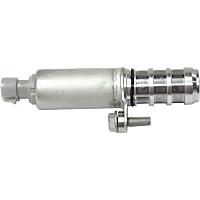 Variable Timing Solenoid
Variable Timing Solenoid
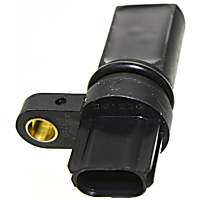 Camshaft Position Sensor
Camshaft Position Sensor
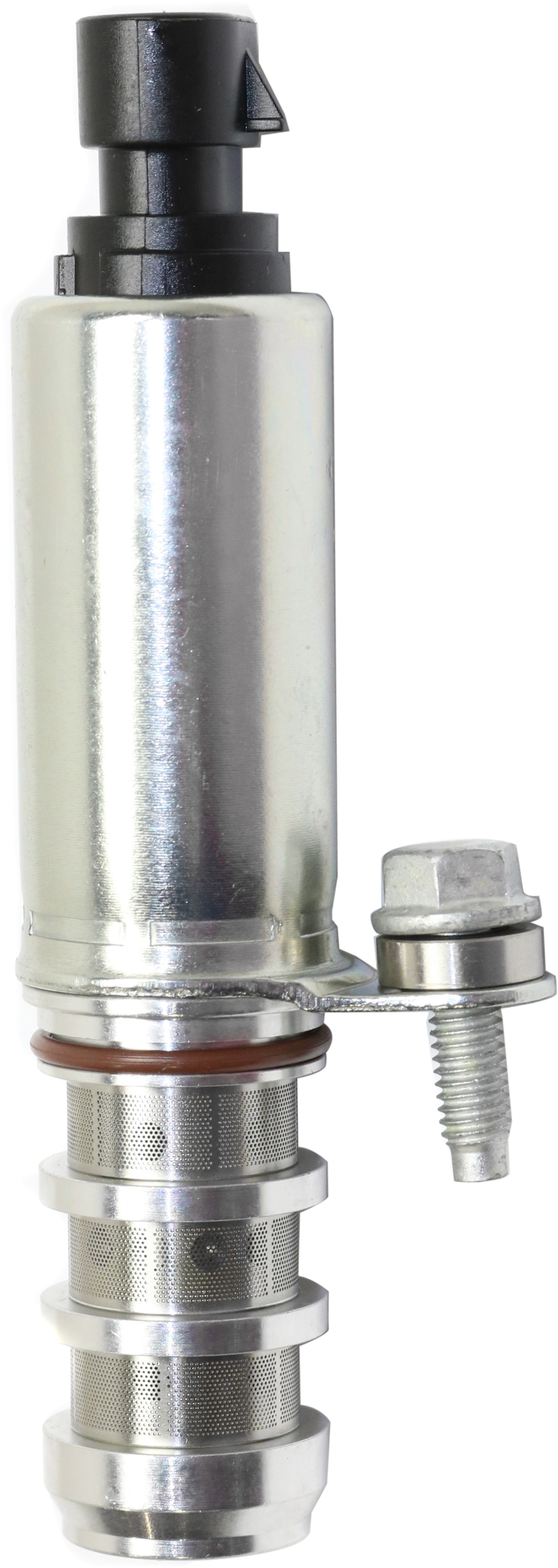
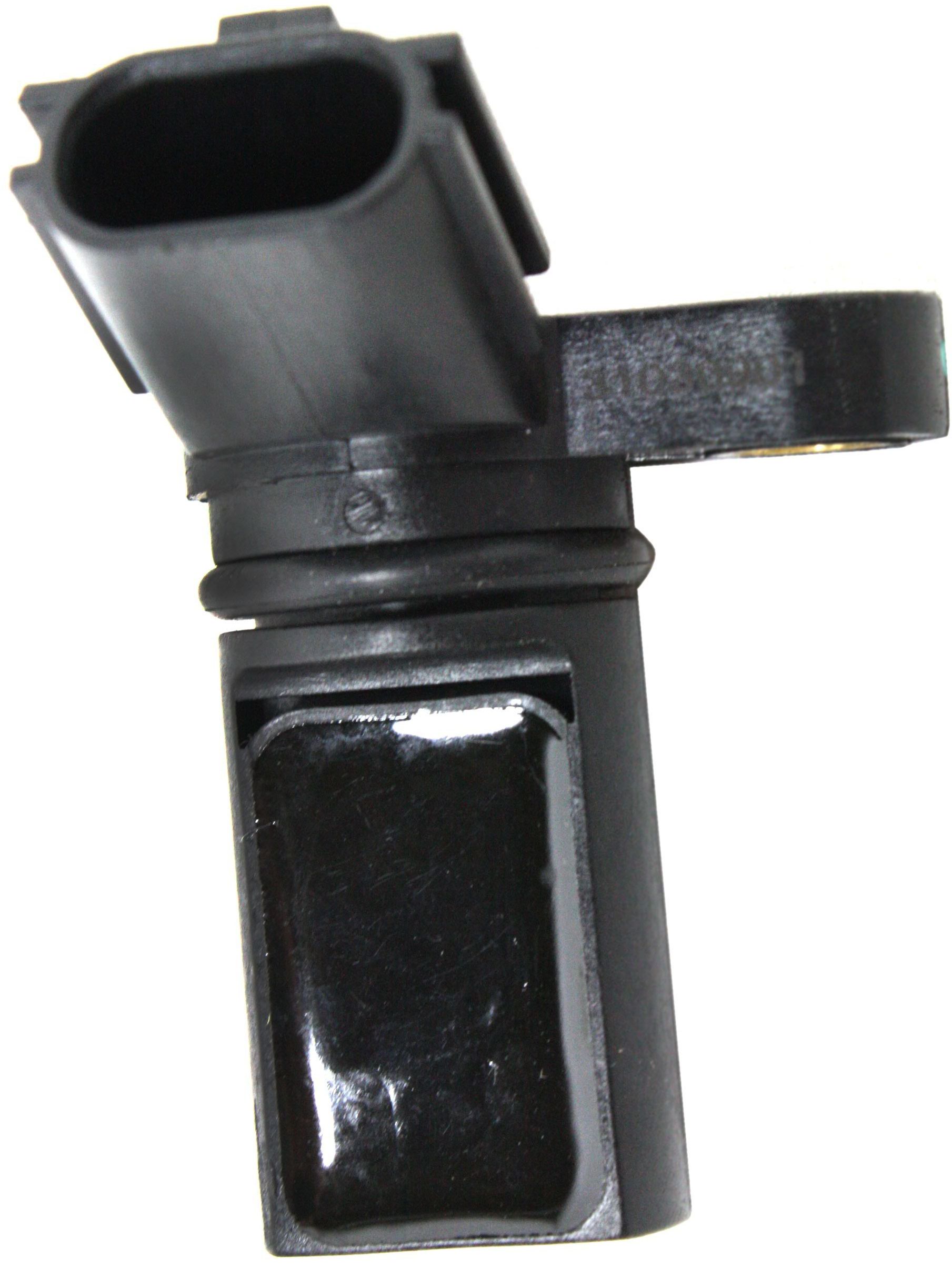
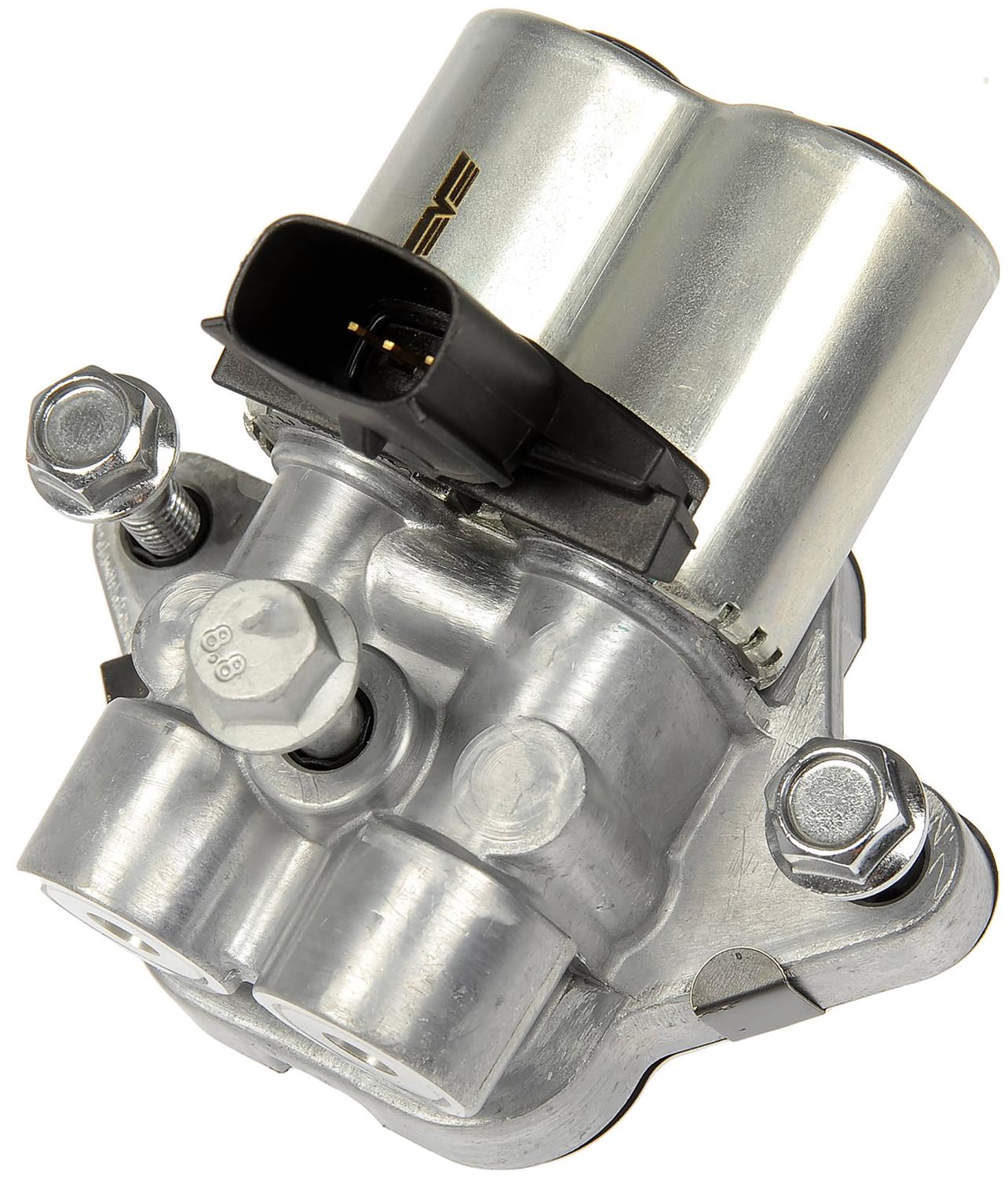

















really thank you , very helpful , can you please check the A actuator of Cruze 2013 model 1.8 L how it looks
Where is the exhaust v v t located at on a 2.4 motor 2016, hyundai sonata